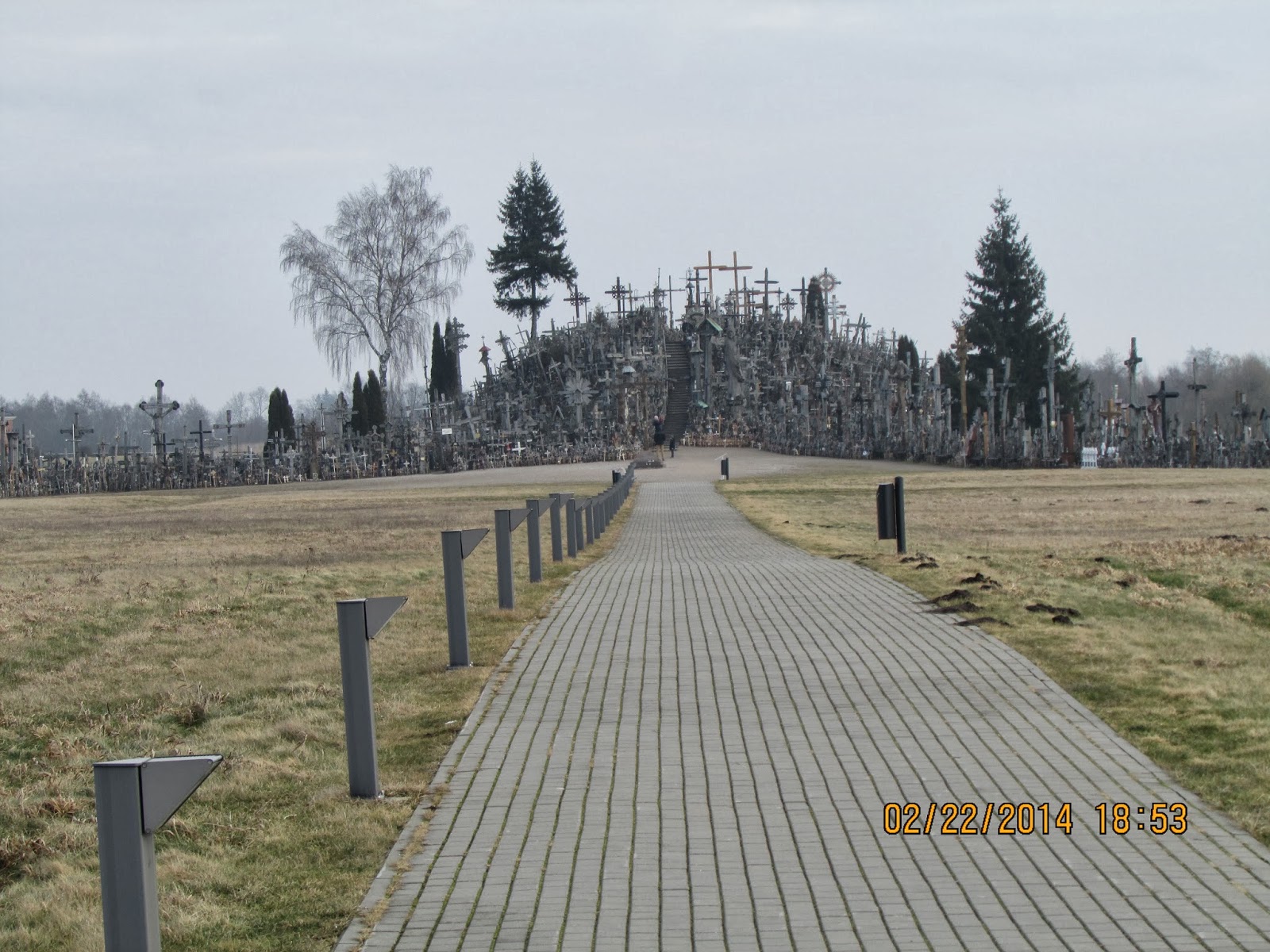Most of us learned from the political scientist Theodore Lowi that for the
first hundred years or so after the founding of the American republic, domestic
policy was profoundly distributive. Thanks to federal ownership of vast tracts of
land (and a willingness to stick it to the American Indian), government busied
itself by doling out a valuable resource to white people. As for revenue, for the first century or so that
was provided mainly by land sales, duties on imports (the tariff), and excise
taxes.
Government regulation
of the economy, the signature activity of the Progressive Era, began with the
creation of the Interstate Commerce Commission in 1887, and reached its apogee perhaps
with the Pure Food and Drug Act of 1906, legislation that was inspired by
publication of Upton Sinclair’s The
Jungle earlier the same year.
Everybody knows that The Jungle was an exposé of the meatpacking industry, and never was
there a more sordid or revolting tale than the one he tells. Sinclair certainly succeeded in focusing the
nation’s attention on the Beef Trust and the Pork Trust and the sundry horrors
of the stockyards, where “they use everything of the pig except the squeal.” In a passage that may remind us of the democratic
process of legislation, Sinclair lingers over the details of sausage making:
There was never the
least attention paid to what was cut up for sausages; there would come all the
back from Europe old sausage that had been rejected, and that was mouldy and
white—it would be dosed with borax and glycerine, and dumped into the hoppers,
and made over again for home consumption.
There would be meat that had tumbled out on the floor, in the dirt and
sawdust, where the workers had tramped and spit uncounted billions of
consumption germs. There would be meat
stored in great piles in rooms; and the water from leaky roofs would drip over
it, and thousands of rats would race about on it. It was too dark in these storage places to
see well, but a man could run his hand over these piles of meat and sweep off
handfuls of the dried dung of rats.
These rats were nuisances, and the packers would put poisoned bread out
for them; they would die, and then rats, bread, and meat would go into the
hoppers together (p. 151).
I never knew that The Jungle was a work of the creative imagination—that is, fiction—or
that Sinclair’s protagonist was a Lithuanian immigrant to the United States. As Ronald Gottesman puts it in his introduction
to the edition I have been reading for the past few weeks, “The story The Jungle tells is of the Fall of the
House of Rudkus—of how a peasant family from Lithuania comes to America
determined to make a better life, and of how it is ineluctably drawn into the
gears of competitive capitalism, and chewed up by what Sinclair characterized
as predatory greed”—the flip side, Gottesman says, of “the Horatio Alger myth
of success” (p. xxxiv).
Chewed up is about right. Soon after their arrival in Packingtown, Jurgis
Rudkus and his family are duped into purchasing a house they can’t afford, and
then all the women and children have to find jobs to have even a chance of
making the mortgage payments. Ultimately,
people get sick or laid off; the house is lost; Jurgis’s young wife, still a
teenager, dies in childbirth; and so the Rudkuses descend into the
underclass. They are no worse than all
the rest. In Packingtown, workers are
routinely killed or disabled; children are lost to degrading toil, or they are
beaten and sodomized; the male proletarians yield sooner or later to the lures
of alcoholism, and the females are left with nothing much to sell aside from
their bodies. In the end, Jurgis loses
his sister to opium and prostitution.
I bought a used copy of The Jungle several weeks ago when I learned that the novel has a
Lithuanian immigrant protagonist. But it
turns out that Jurgis Rudkus is a cardboard Lithuanian at best. Sinclair’s hero is a generic Old World
farmboy. He appears never to have had
strong Lithuanian roots, not even to his region or village. His seems not to have been a “chain
immigration” story. And he is evidently
a lapsed or indifferent Roman Catholic, and in that respect, too, not at all
typical of Lithuanians. You
will, in short, not learn much about Lithuania or Lithuanian Americans from The Jungle.
Jurgis’s story is nevertheless affecting in so far
as he and his family are consumed by America’s second industrial revolution, during
which productivity and profits soared while the union movement was ground
beneath the wheels of the juggernaut of capital, aided and abetted by cynical politicians
and policemen—and sometimes by corrupt labor leaders, too.
Much has been made of the last 75 or so pages of the
novel, in which Jurgis becomes a born-again and wide-eyed Socialist. As literature it is naïve, even weird, with
the author introducing three or four major new characters in the very last
chapter; one wonders whether he was intending to write a sequel. In real life, the challenge of devising redistributive policies would have to
await passage of the Sixteenth Amendment (the federal income tax) in 1913, and
then the New Deal of the 1930s. By that
time Sinclair was a veteran candidate for public office on the Socialist ticket
in California—the Ralph Nader of his generation.






















